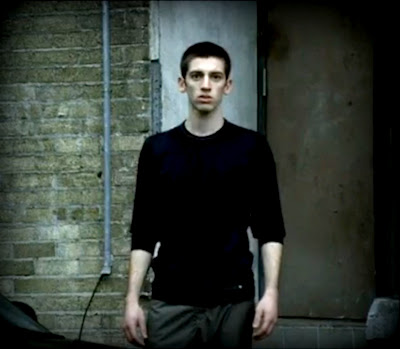If the London 2012 Olympic medals look big, it’s because
they are big. They‘re 20% bigger than
the Beijing 2008 medals (in diameter), and 40% bigger than those awarded at
Athens in 2004. In fact, they're the largest Summer Olympic medals ever. Perhaps more importantly, they are also the heaviest, as in
twice the weight of the Beijing medals. If Michael Phelps had won as many golds
in London as he did in Beijing and wore
them around his neck all at once, he’d have 7 pounds of metal hanging on his chest.
The weight of the London 2012 medals is 375-400g, and they are 85mm in diameter and 7mm thick. That’s 0.83-0.88 pounds, 3 1/3” in diameter and 1/4“ thick. The largest Summer Olympic medals before London were those from Barcelona, in 1992. They were 70mm across and weighed 231 grams. In the Winter Games, there have been several that had larger and/or heavier medals, with the largest being 107mm (4.2") in Torino in 2006.
What are the London 2012 Olympic medals made of? By the
numbers, gold and silver Olympic medals have almost exactly the same metal composition.
Since 1978, the International Olympic Committee requires that both gold and
silver medals be 92.5% silver. The gold in the gold medal just needs to have at least 6 grams of gilding. Other materials can be added to the mix as long as they don’t
shortchange the gold and silver requirements. For the London 2012 medals, copper is the extra ingredient added to
the gold and silver medals to bring them up to their full weight.
As for the bronze medal, a lot of people are happy that they won at least one of those, but it really is a big step down from the gold and silver, at least in
content. The London 2012 bronze medals are 97% copper, 2.5% zinc and 0.5%
percent tin. If U.S. pennies were 100% copper (which they’re not), the bronze
medal would be equivalent only to about 144 of them.
So how much are the London 2012 medals worth? To the athlete
they have enormous indeterminable value, but the value of the metal in definitely calculable. As would be expected, the metal in the bronze medal
is worth only a small amount, less than $5. The silver medal is worth between
$300 and $350. The gold medal is worth about $650.
Olympic gold medals haven’t been solid gold since 1912, so it’s
the norm to make them out of something other than gold with only a gold covering. If they
were solid gold, they would be worth a lot more. If the size were kept the same, a
London 2012 solid gold medal would be worth about $24,000.
What is the design on the medals?
On the obverse is the goddess of victory, Nike. A lot of
media have incorrectly stated that she is shown coming out of the Parthenon. The
Parthenon is in the background, but she is actually walking/flying of the Panathinaiko
Stadium in Athens. The Panathinaiko Stadium was the centerpiece of the 1896 Olympics
in Athens, which was the start of the modern Olympic movement. Another thing some major
media have gotten wrong is stating that Nike has always been
shown on Olympic medals coming out of this stadium. The truth is that between 1928 and 2000, Nike was
shown next to the Colosseum. In 2004, Athens as the host city decided to correct this historical inaccuracy and put Nike where she belonged, in Athens, Greece, and
not hanging out next to the Colosseum in Rome.
The reverse is an original design by the artist David
Watkins. It shows the London 2012 logo on top of a ribbon representing the River Thames. According to the LOCOG site, the design also
has these symbolic elements:
- The curved background implies a bowl similar to the design of an amphitheatre.
- The core emblem is an architectural expression, a metaphor for the modern city, and is deliberately jewel-like.
- The grid suggests both a pulling together and a sense of outreach – an image of radiating energy that represents the athletes’ efforts.
- The River Thames in the background is a symbol for London and also suggests a fluttering baroque ribbon, adding a sense of celebration.
- The square is the final balancing motif of the design, opposing the overall circularity of the design, emphasizing its focus on the center and reinforcing the sense of ‘place’ as in a map inset.
Triva: the majority of the metal in the London 2012 Olympic medals came from the Kennecott Copper Mine in Utah. (Besides copper, the mine also produces gold and silver.) So whenever there's reference to bringing the medals home, it's literally true.
photo: London 2012, LOCOG


